We don’t need plastics and other non-biodegradable materials to create fascinating, futuristic fashion. Designer makes that clear with her “Rootfull” collection, which consists of garments and objects grown from living grass roots. Both beautiful and sustainable, the designs draw inspiration from complex patterns like those found in coral, transforming them into couture that aims to get us thinking about the potential of natural materials. Rootfull debuted at this year’s at the first edition of the “Material Matters” Design Fair.
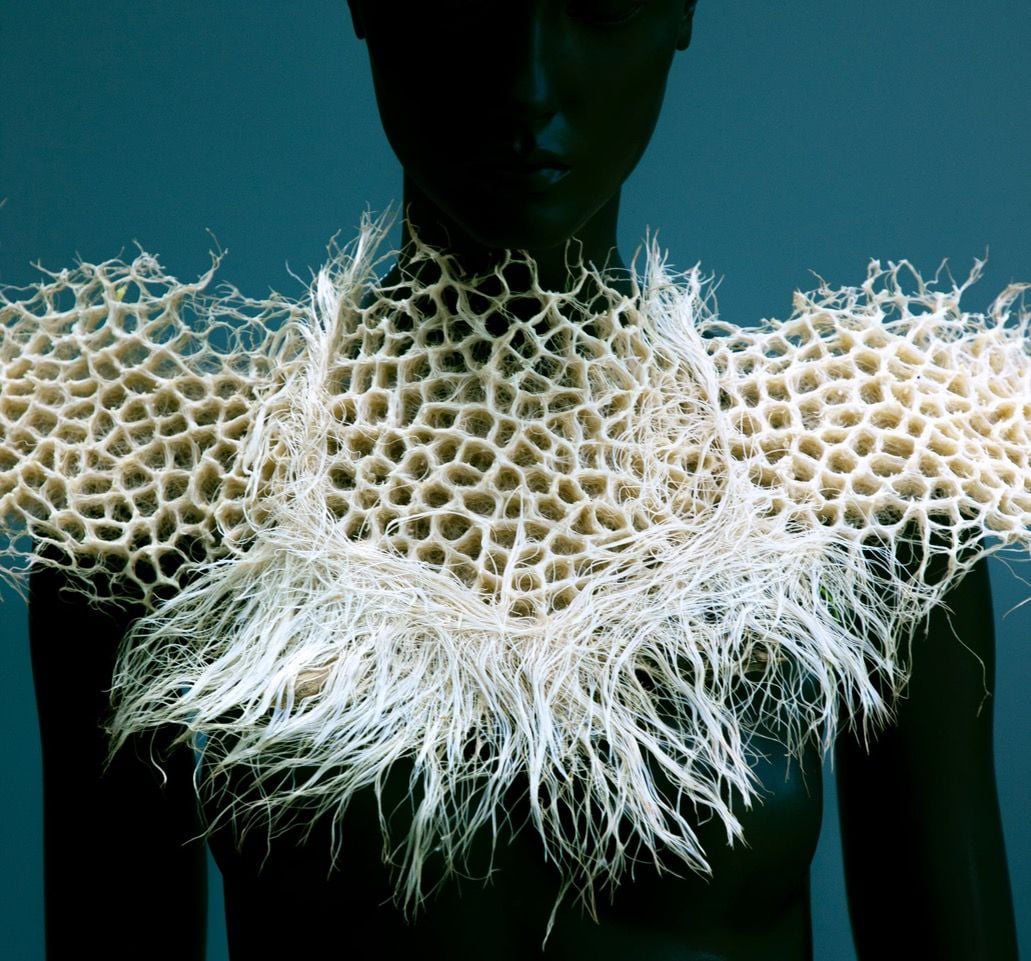
“The produces 10 percent of humanity’s carbon emissions and creates a huge amount of pollution in the process of making textiles,” Holloway explains, adding: “By contrast, this project explores the promising possibility of root-grown textiles and imagines compostable and sustainable fashion. As fashions change, new clothes grow and old clothes are composted. Grown from root, inspired by marine life.”
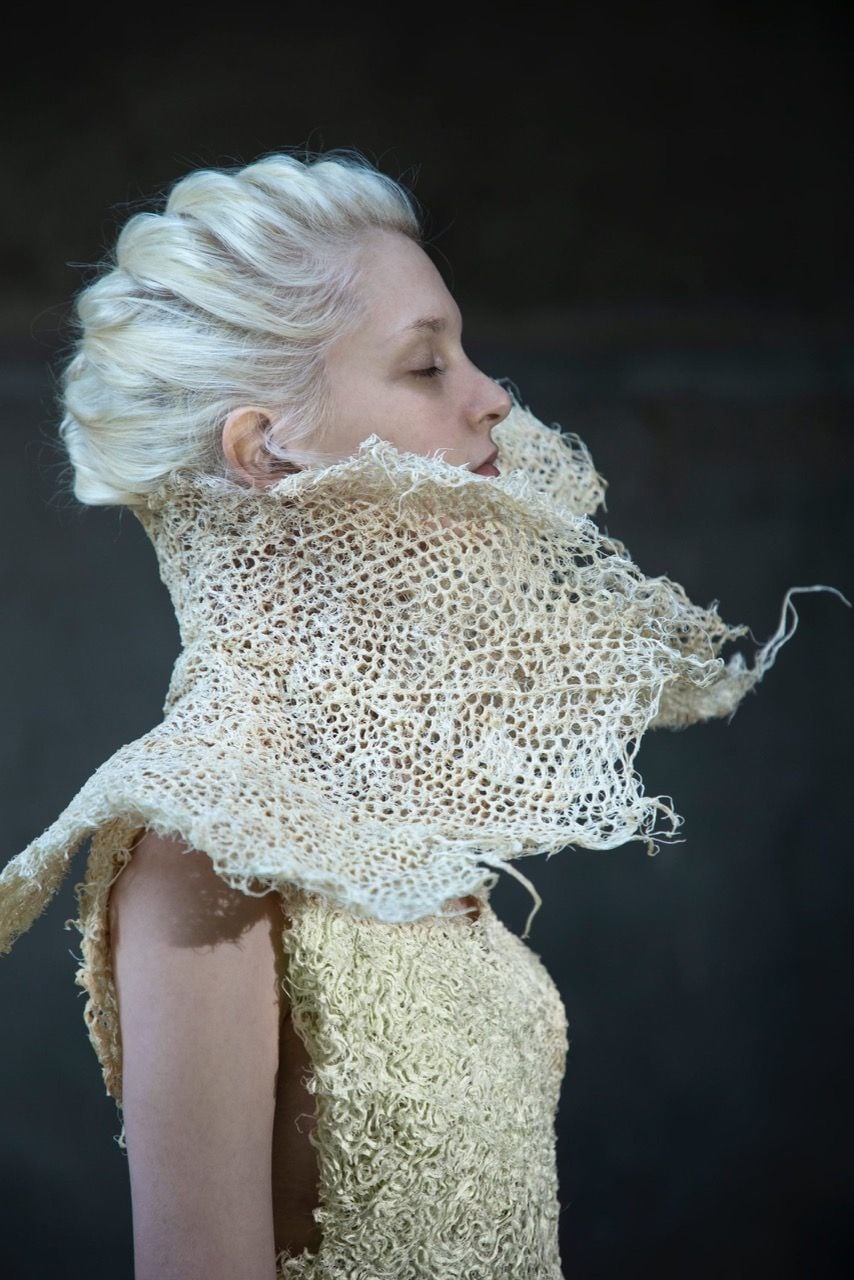
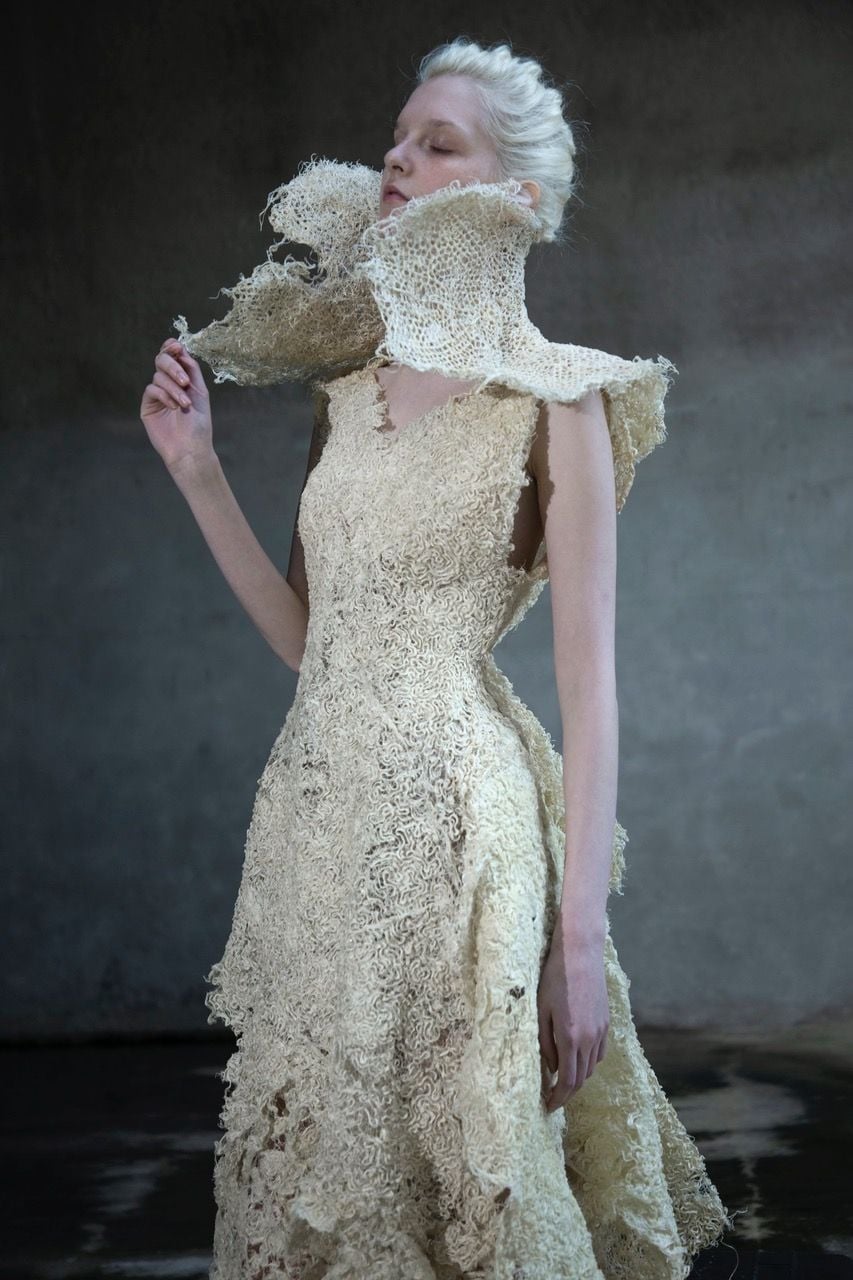
Rootfull takes advantage of overlooked materials that exist literally right beneath our feet. Certain grasses grow roots that can reach over a dozen feet down into the Earth. Even common Bermuda grass, found in most lawns, has roots measuring eight feet. Holloway used wheatgrass for the series, cultivating the seed in templates carved from beeswax. Roots naturally grow into mesh-like structures, but Holloway guided them into templates over a 12-day growing period to get the shapes she wanted.
“The challenge is to sew, cut, tease, join, pluck, set, and reset until the root has found the optimal form,” Holloway writes. “Root is an exciting and versatile material where the most honest results are achieved by working with the natural flows of the fiber. It can be grown into large hanging structures or set and molded to form vessels, and it responds especially well to natural dying processes.”
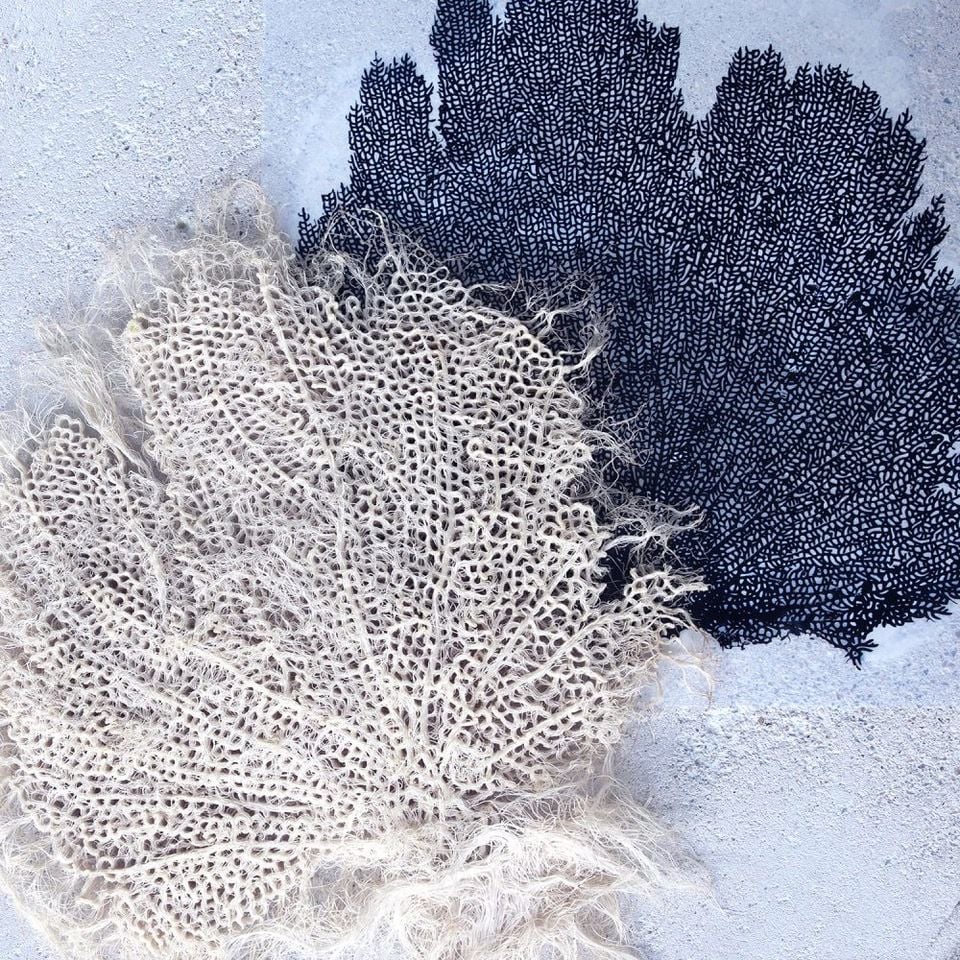
“When freshly harvested, the roots are heavy and damp, and after 24 hours they dry out to become featherweight, and strong enough to support their own weight. The root forms a kind of botanical skeleton, trapping carbon, and therefore becomes a tiny part of the solution to the complex problem of .”
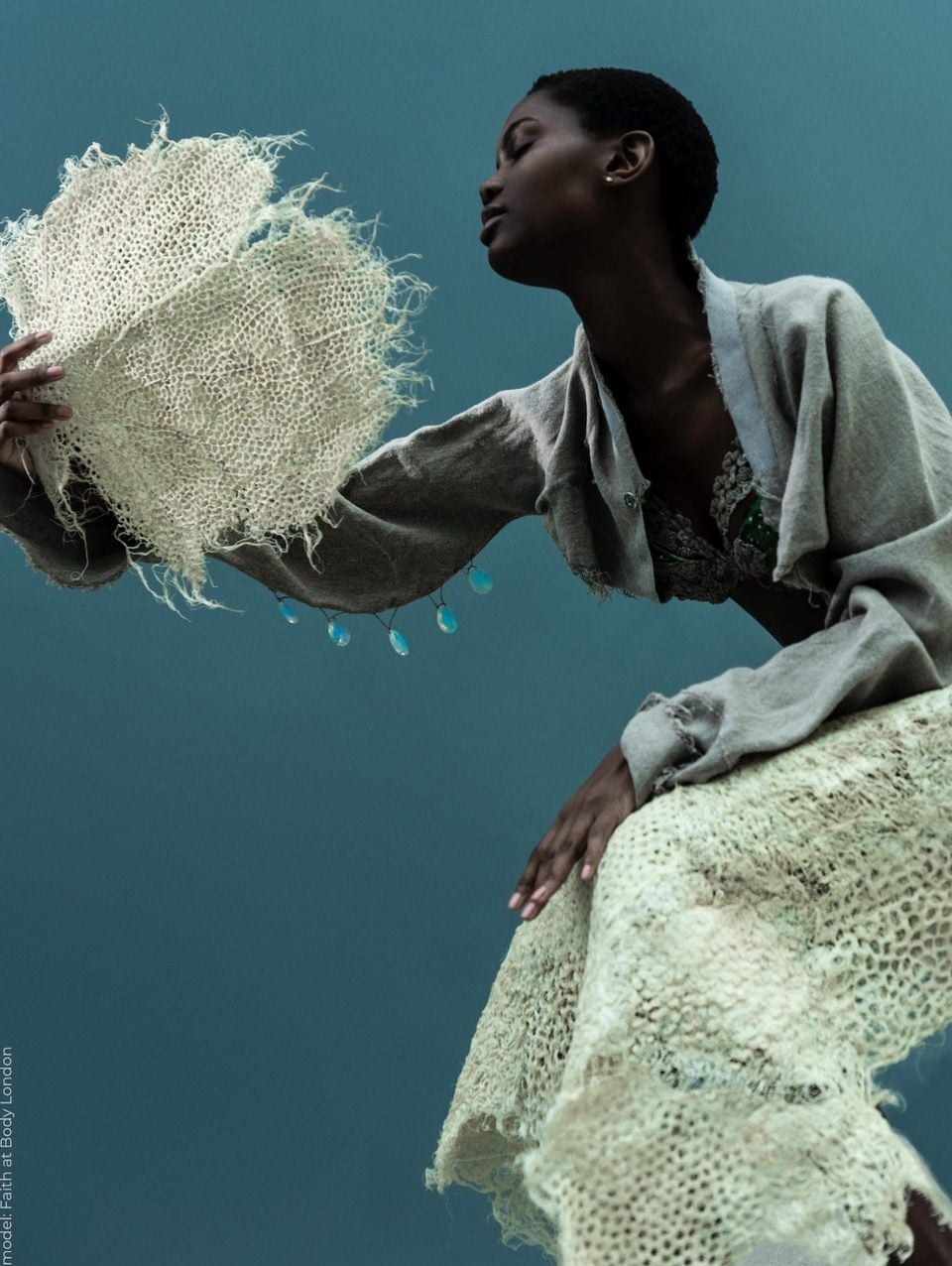
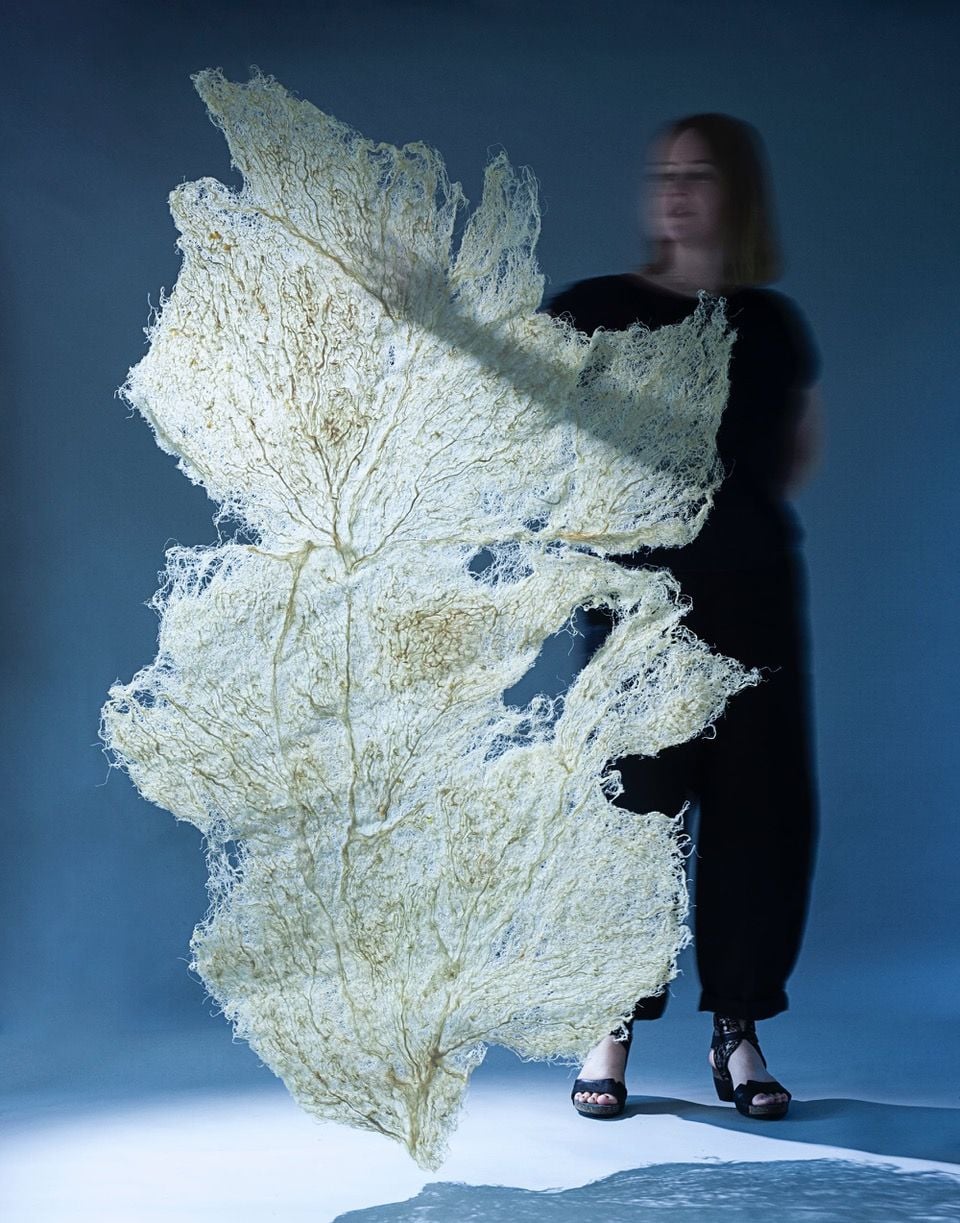
Because of the nature of living materials, each piece in the collection is entirely unique, even if the same beeswax templates are used. In a sense, Holloway collaborated with Mother Nature herself, guiding the wheatgrass roots to produce visually interesting results. She’s even able to grow the roots into large mats much like a bolt of fabric so they can then be shaped into beautiful dresses. The silhouettes they achieve are truly remarkable, demonstrating the kind of creativity that’s possible when we stop limiting ourselves to harmful polluting materials simply because that’s what we’re used to using.
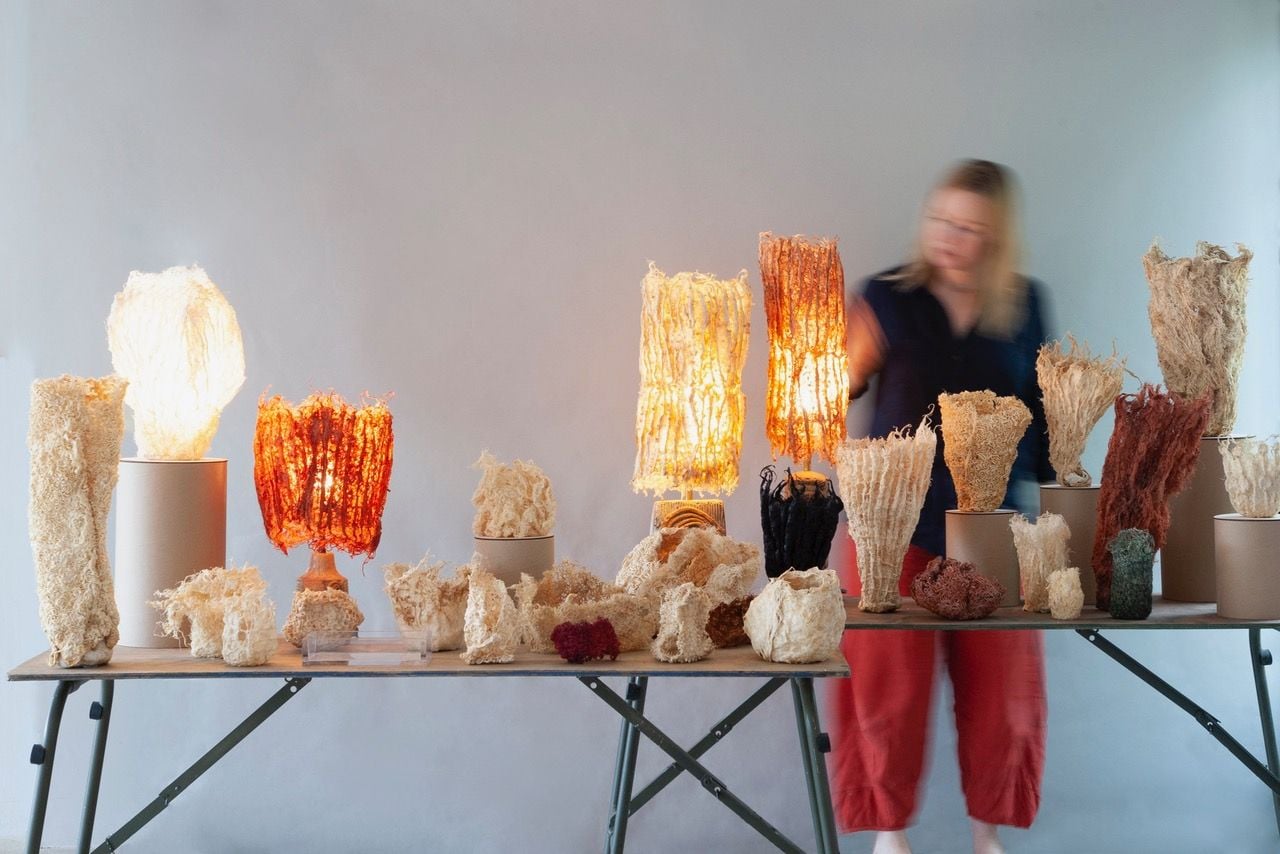
Holloway’s non-wearable Rootfull pieces have their own sense of natural elegance. Some of them really do resemble coral and sea fans, so why shouldn’t we display these in our home instead of contributing to the many threats to coral reefs? The pieces are also gorgeous as lampshades, with the light bringing out the intricacy of the woven patterns.
The post first appeared on .